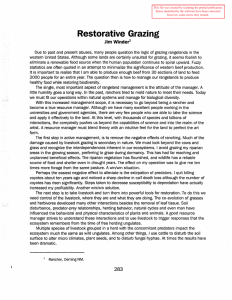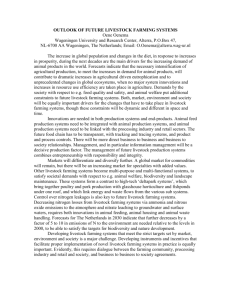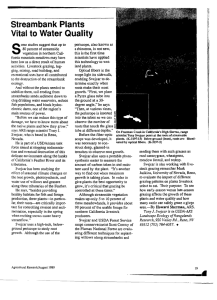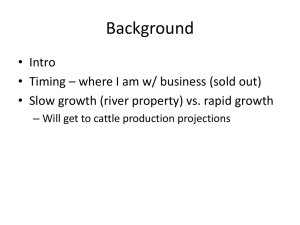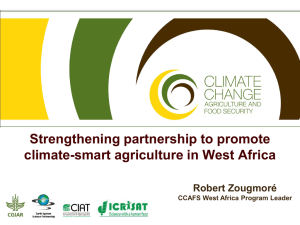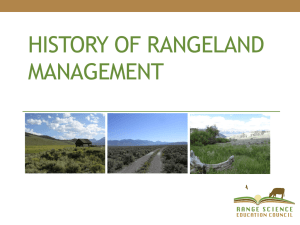I was recently invited on a tour to look at common land farming
advertisement
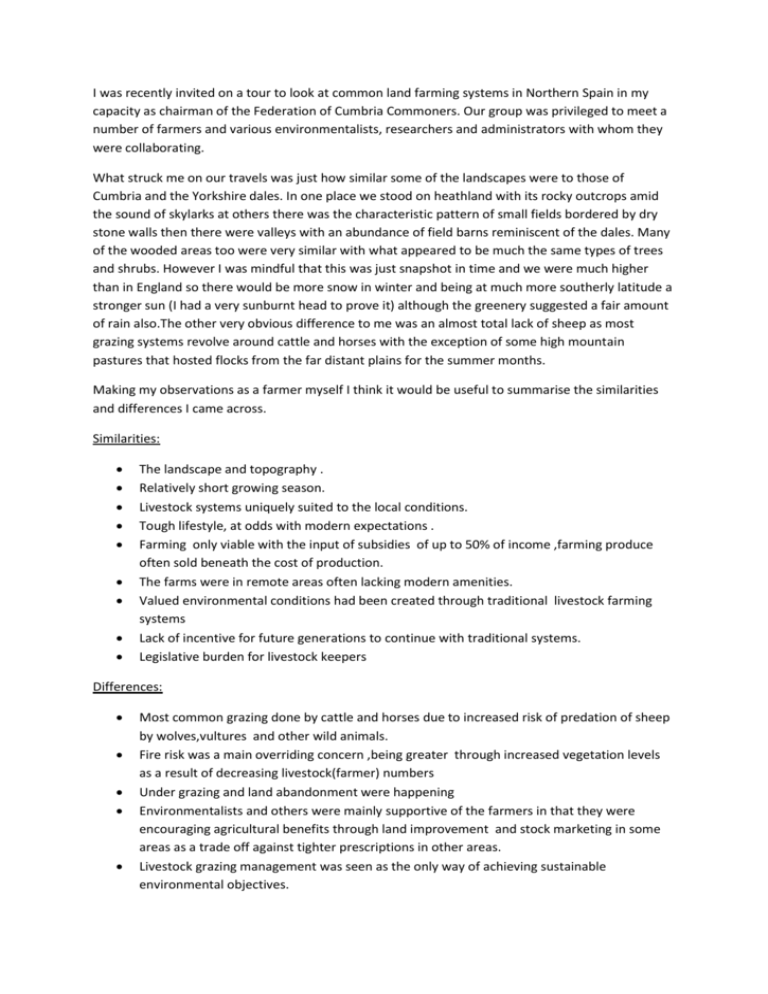
I was recently invited on a tour to look at common land farming systems in Northern Spain in my capacity as chairman of the Federation of Cumbria Commoners. Our group was privileged to meet a number of farmers and various environmentalists, researchers and administrators with whom they were collaborating. What struck me on our travels was just how similar some of the landscapes were to those of Cumbria and the Yorkshire dales. In one place we stood on heathland with its rocky outcrops amid the sound of skylarks at others there was the characteristic pattern of small fields bordered by dry stone walls then there were valleys with an abundance of field barns reminiscent of the dales. Many of the wooded areas too were very similar with what appeared to be much the same types of trees and shrubs. However I was mindful that this was just snapshot in time and we were much higher than in England so there would be more snow in winter and being at much more southerly latitude a stronger sun (I had a very sunburnt head to prove it) although the greenery suggested a fair amount of rain also.The other very obvious difference to me was an almost total lack of sheep as most grazing systems revolve around cattle and horses with the exception of some high mountain pastures that hosted flocks from the far distant plains for the summer months. Making my observations as a farmer myself I think it would be useful to summarise the similarities and differences I came across. Similarities: The landscape and topography . Relatively short growing season. Livestock systems uniquely suited to the local conditions. Tough lifestyle, at odds with modern expectations . Farming only viable with the input of subsidies of up to 50% of income ,farming produce often sold beneath the cost of production. The farms were in remote areas often lacking modern amenities. Valued environmental conditions had been created through traditional livestock farming systems Lack of incentive for future generations to continue with traditional systems. Legislative burden for livestock keepers Differences: Most common grazing done by cattle and horses due to increased risk of predation of sheep by wolves,vultures and other wild animals. Fire risk was a main overriding concern ,being greater through increased vegetation levels as a result of decreasing livestock(farmer) numbers Under grazing and land abandonment were happening Environmentalists and others were mainly supportive of the farmers in that they were encouraging agricultural benefits through land improvement and stock marketing in some areas as a trade off against tighter prescriptions in other areas. Livestock grazing management was seen as the only way of achieving sustainable environmental objectives. Research was being funded into the above objectives,i.e. both agricultural and environmental. Less competition for land near commons and therefore lower land values. Less pressure from other stakeholder groups e.g. leisure interests, welfare lobby.

